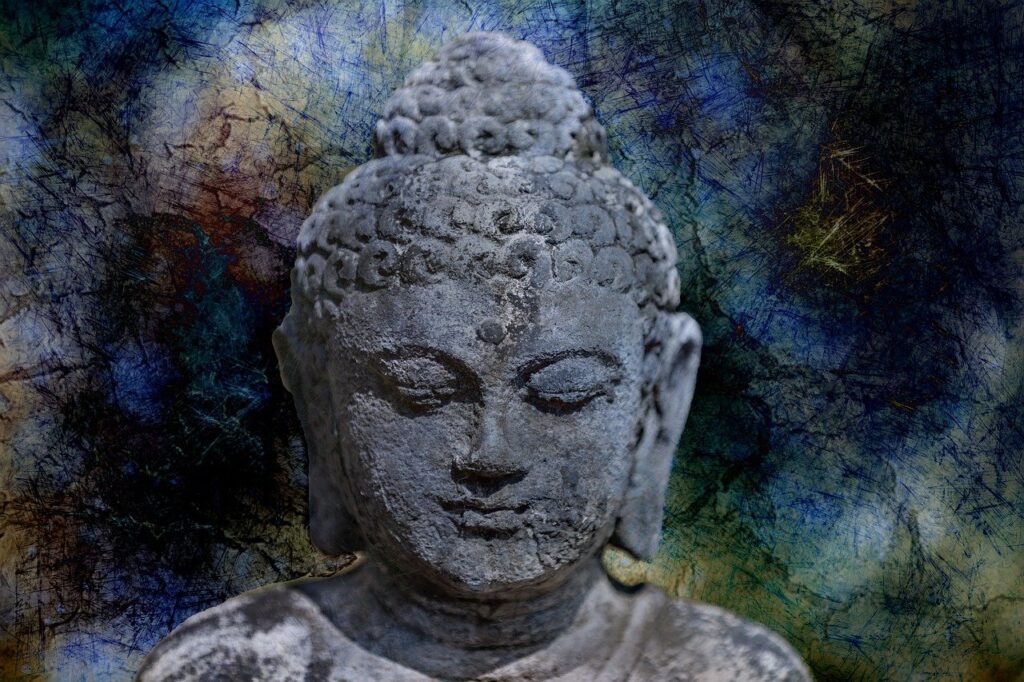Effortless Meditation
Recently, I came across an advertisement on social media promoting effortless mindfulness. As someone familiar with meditation practices, I was intrigued by the concept of effortless meditation. However, upon further investigation, I realized that the term “effortless” was being used more as a marketing buzzword rather than in its true sense. Effortless meditation, in its authentic form, is rooted in non-dual traditions that emphasize the innate perfection of awareness. It is about recognizing the open presence of awareness that is already within us, rather than striving to achieve something external.
Effortless meditation transcends the need for adjustments, manipulation, expectations, or goals. It is a state of being where there is nothing to add or remove, no striving, just a simple recognition of the natural state of awareness that exists within us. This concept is often referred to as non-meditation in certain Buddhist lineages, emphasizing the simplicity and effortlessness of just being present.
In the realm of mindfulness meditation, there is a delicate balance between effort and non-effort. While effort is essential in guiding the mind back to the present moment when distracted, it is equally important to know when to let go and simply be. The key lies in recognizing when adjustments are necessary and when it is time to relinquish control and allow the natural calm presence of the mind to emerge.
Finding the right balance between effort and non-effort in meditation is crucial for cultivating a calm and focused mind. It requires skill and self-awareness to navigate the subtle nuances of the mind and make the necessary adjustments to stay present. However, over-applying effort can lead to stress and hyper-vigilance, hindering the true essence of meditation.
True effortlessness in mindfulness meditation comes from knowing when to do nothing. Once distractions have been acknowledged and attention has been brought back to the present moment, one can gradually ease into a state of non-doing. This state of effortless presence allows for a deeper connection with the natural calmness of the mind, free from unnecessary efforts to control or modify the experience.
As we progress in our meditation practice, we learn to let go of the need to constantly adjust and manipulate our experience. By observing the breath without trying to control it, we can tap into the inherent calmness that lies within us. This effortless state of being becomes the foundation of genuine meditation practice, extending beyond formal meditation sessions into our everyday lives.
In conclusion, the essence of effortless meditation lies in finding the balance between effort and non-effort, between doing and being. By cultivating a deep awareness of our natural state of calm presence, we can integrate this wisdom into all aspects of our lives. The art of doing nothing becomes a practice of non-action, allowing us to embrace the effortless grace of simply being.
Written by Chad Foreman
Chad Foreman, the founder of The Way of Meditation, has dedicated his life to sharing authentic meditation practices with a global audience. With over two decades of experience in teaching meditation, Chad offers retreats, online coaching, and programs to help individuals explore the depths of mindfulness and relaxation. Through his teachings, Chad guides people on a journey from basic mindfulness practices to profound states of awareness, fostering a sense of peace and tranquility in their lives.

